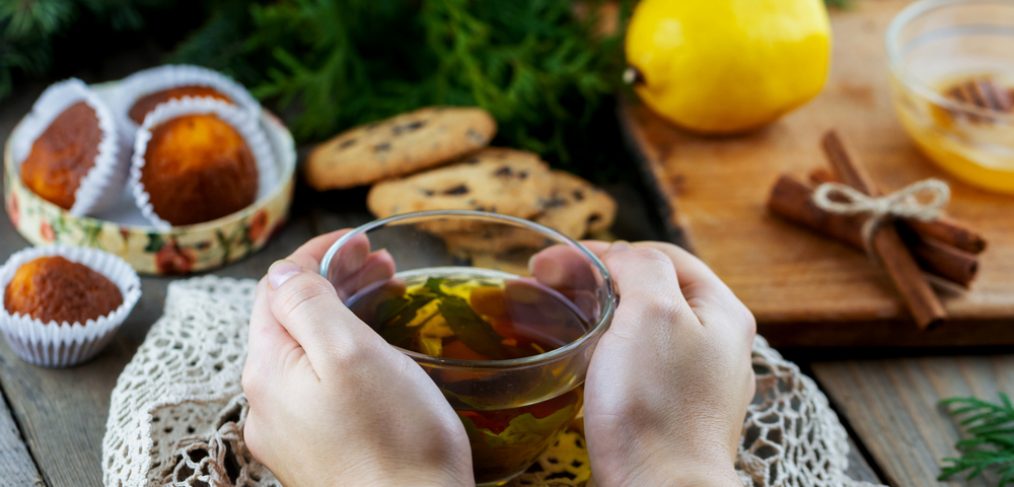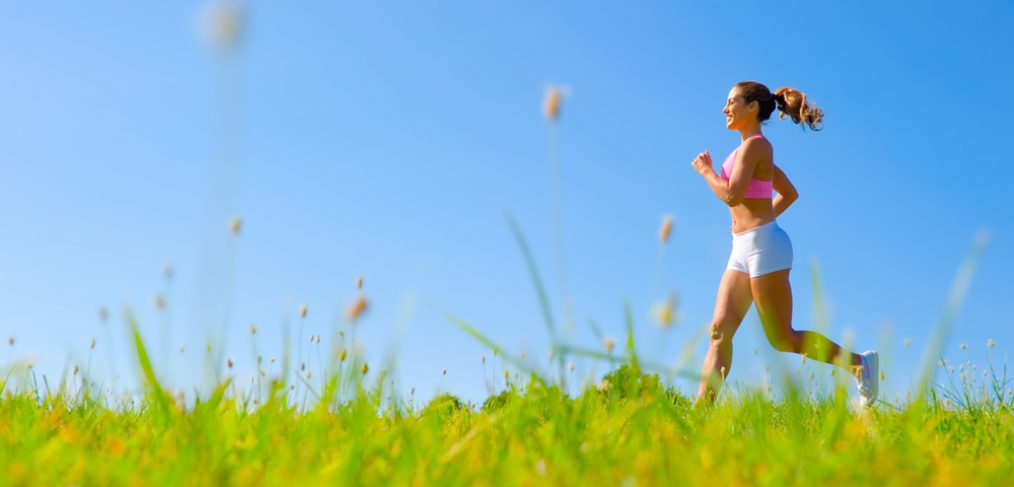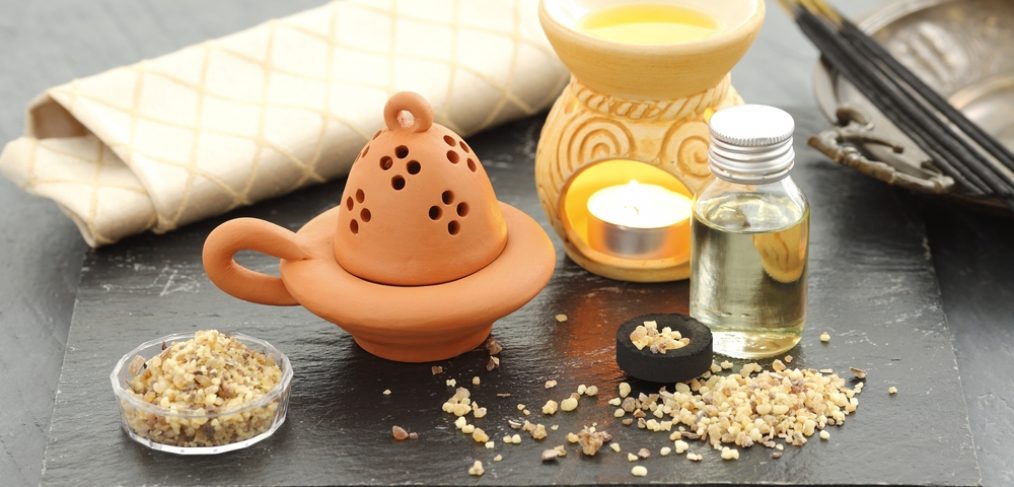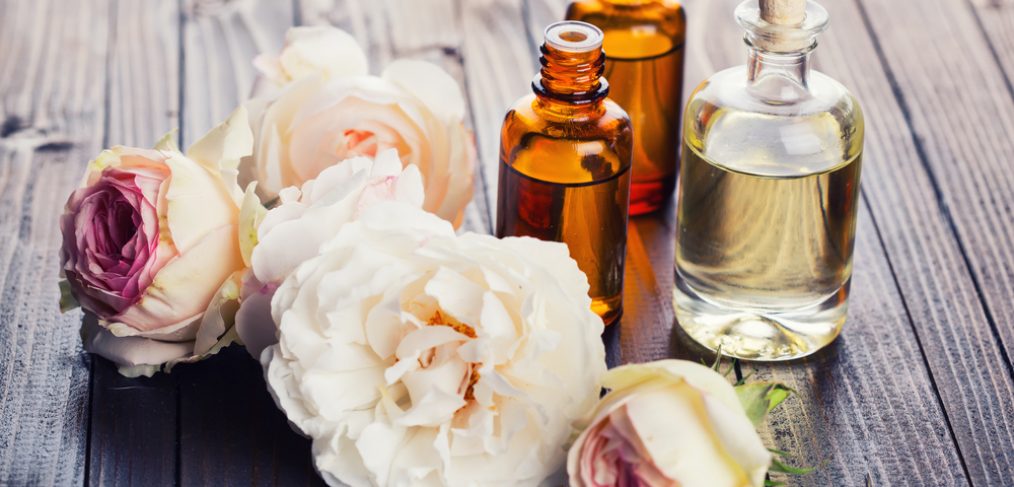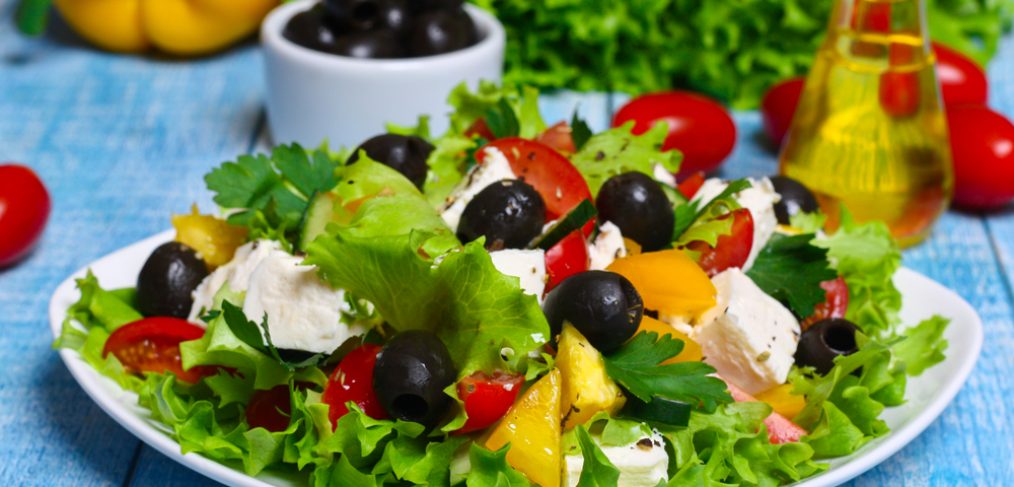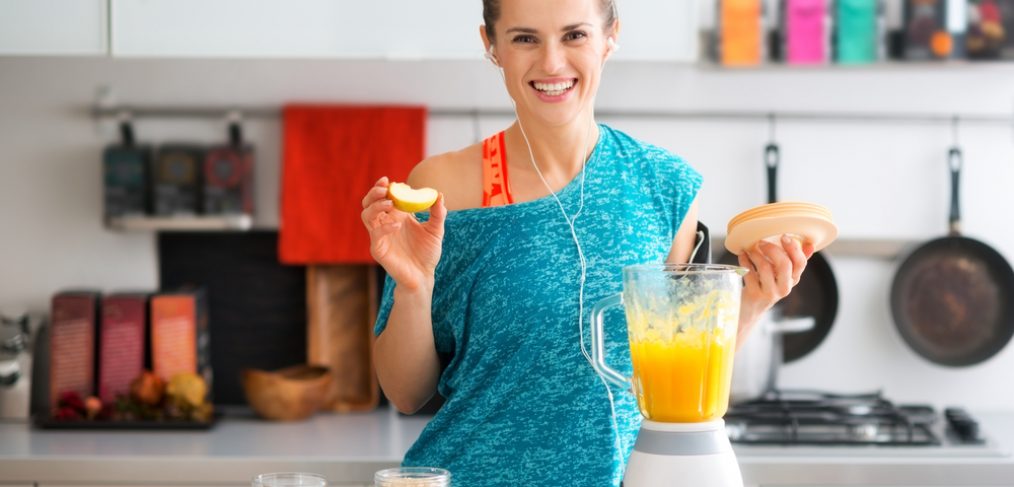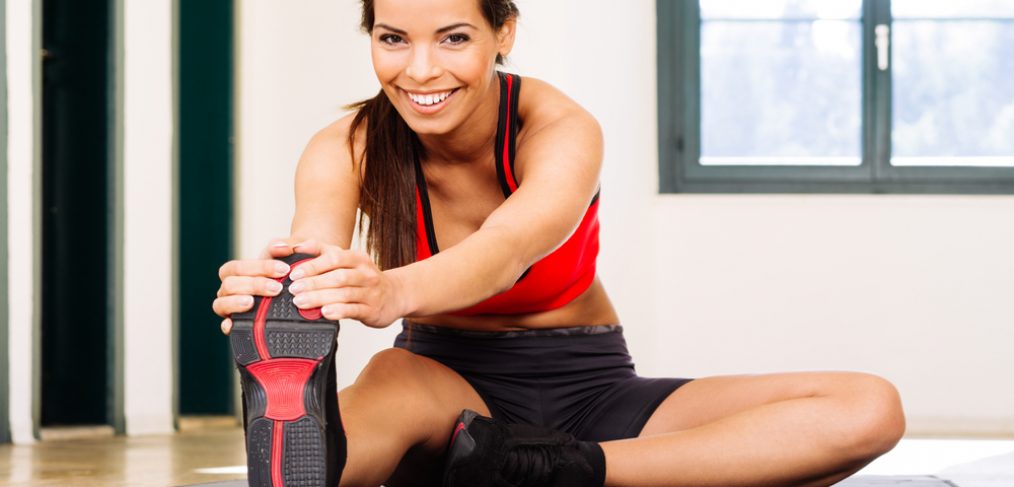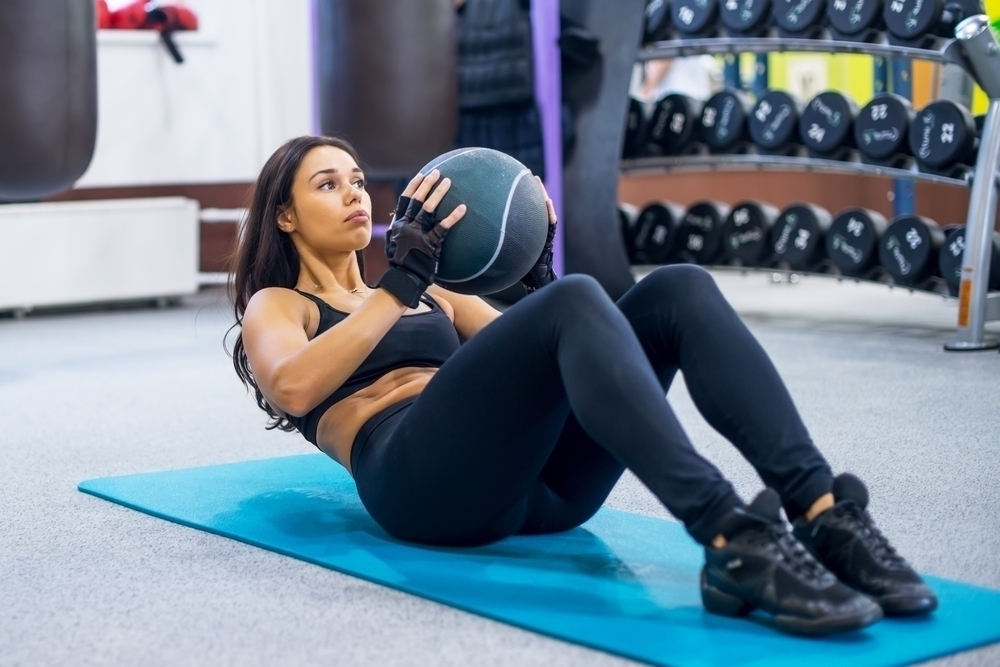People have been drinking tea for medicinal purposes for thousands of years. It is no secret that different kinds of teas have different benefits- there really is a tea for every situation! Tea can wake you up, help you sleep, jumpstart your metabolism, stave off hunger, help your body process fats, and much more!
Green Tea: Start Your Day Off Right!
Most people are familiar with some of the benefits of green tea. It is used in many different kinds of energy drinks because it is a natural source of caffeine. Because of this, it is a good alternative to coffee, and people often drink it in the morning to jumpstart their day. In addition to waking you up, green tea is the perfect start to your morning because it also helps boost metabolism! Many people already know that green tea can help with weight loss, and this is because it kickstarts your metabolism, and can increase your caloric burn throughout the day.
Mint Tea: The Afternoon Pick Me Up
It’s been a few hours since lunch, but you still have some work to do before it’s time to go home and have dinner. That 3.00 pm slump affects us all in varying degrees, but it can be difficult to resist reaching for a bag of chips or a cookie when the hunger and fatigue sets in. Mint tea is the perfect choice for this time of day because it helps to avoid hunger pangs, plus it can perk out up enough to make it to the end of the day!
Detox Teas
We’re sure you have seen the posts and videos about detox teas that are all over social media right now. There are tons of different kinds of detox teas ranging from single boxes of tea you can buy at a grocery store, to whole detox tea packages that you can order online. These teas are meant to be balancing, detoxifying, and to help you lose weight. Some weight loss cleanses involve replacing meals with juices and smoothies to detoxify your organs and drastically decrease the number of calories you are consuming. Cleansing with tea is a little easier to fit into your life, and simply requires adding a few cups of tea to a healthy diet. Detox teas can help you slim down because they regulate your appetite and help with digestion! Herbal detox teas are also great because they often contain different types of antioxidants that can prevent cell damage, act as anti-inflammatories, and relieve indigestion.
The simplest way that drinking tea daily can help you lose weight it the very fact that you are drinking tea, and not a sugary juice or soda. People consume a lot of empty calories in the form of a soda with lunch, or a morning Frappuccino, without even realizing it. Adding tea to your diet will cause you to consciously choose more natural beverages, and make it easier to stick to a healthy diet. Flavored herbal teas can satisfy your sweet tooth without relying on sugary drinks! Drink up!



